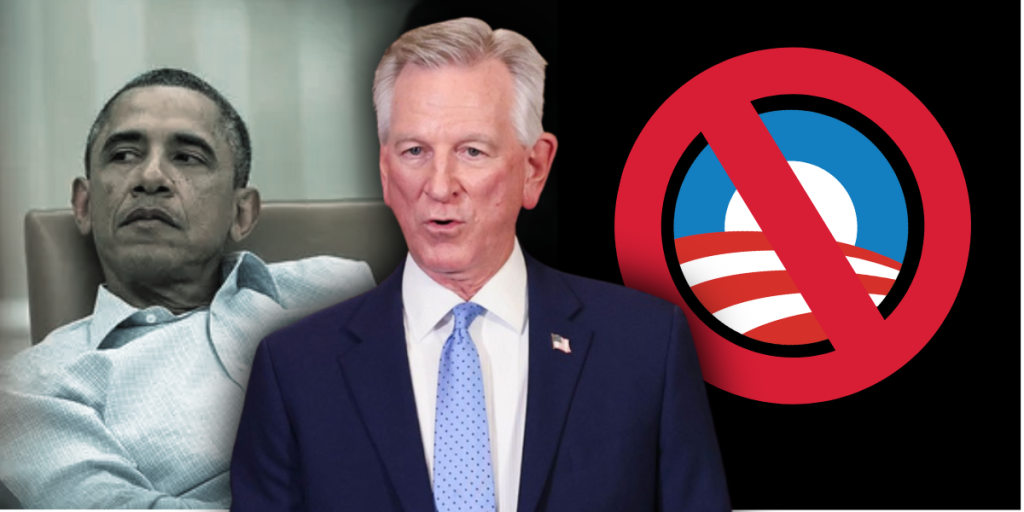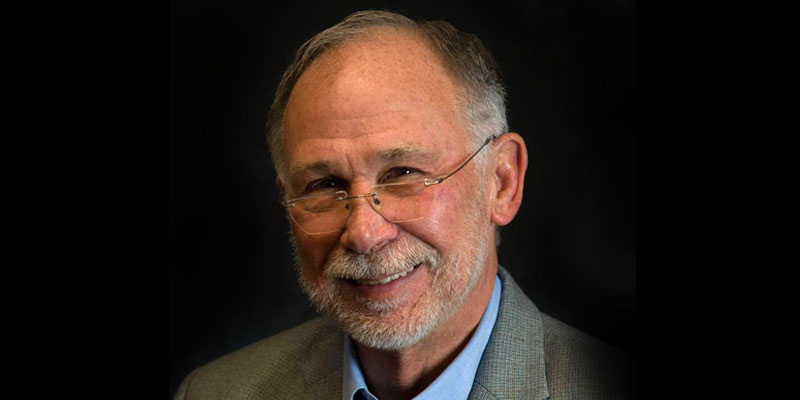The national unemployment rate fell to 4.8% in September as recovery from the COVID-19 shutdown continues. Yet a lack of workers is slowing a return to economic normalcy. Everyone likely knows businesses either still closed or open reduced hours due to the worker shortage.
Our economy was operating smoothly in February 2020. This July, however, employers had 10.9 million jobs available, 40% more than the pre-pandemic record. Most new jobs are always filled by already employed workers, so we are not short 11 million workers. The labor shortage is primarily due to fewer people wanting to work now.
The labor force participation rate is the percentage of working age persons either employed or actively seeking work. This rate has fallen from 63 to 61.6%, which seems modest but amounts to around 3 million workers. Estimates based on pre-pandemic trends suggest our economy is down about 4 million workers. There were about 3.5 million more unfilled jobs in July than before, approximately equal to the exits from the labor force.
One qualification is in order. A mismatch may exist between the skills of the unfilled jobs and those of the workers now not working. This seems like a minor factor because many businesses with unfilled jobs – restaurants, delivery services, retailers – do not need highly specialized workers.
What to make of the workforce exits? A market economy relies entirely on voluntary trade. People consequently must have something of value to exchange to get things like food, clothing, and shelter, and this generally means working. But no one is legally required to work. People decide whether working, and specifically working right now, is necessary to achieve their life plans and goals. As a current TV ad reminds us, “There is no one American Dream. There are 330 million of them.” We must constantly be cognizant of these differences.
Commentators offer three rationales for recent work force exits. The first is fear of COVID-19, either to oneself or of passing it on to those vulnerable to severe illness. The second is the need to care for family members, both young and old, with schools and senior centers closed. The third is boosted unemployment insurance paying some more than they had been earning at their jobs.
All three factors are receding now. The COVID-19 vaccines offer very strong protection against severe illness, even from the Delta variant. Schools are now mostly open for face-to-face instruction. Supplemental unemployment ended everywhere in September, earlier in Alabama and some states.
Perhaps a return to work is just happening more slowly than the politically ordered COVID shutdown. For example, parents who quit jobs might be wary of a return to distance learning this winter. The unemployed are still collecting the normal benefits and if they saved some of the augmented benefits and stimulus money might not need to start working again immediately.
COVID could now be impacting work in other ways. Those caring for high-risk relatives may be searching for jobs allowing work from home. Employer vaccination requirements may be deterring some. Implementation of New York’s vaccination requirement for health care workers resulted in over 80,000 being suspended or fired.
The pandemic has produced some permanent changes as well. An estimated one million Americans retired early due to COVID-19 and will not be returning to the work force. After virtual schooling forced parents to essentially assume homeschooling duties, many have chosen homeschooling permanently.
If you see our nation as made up of unique individuals of equal moral worth, statistics are hard to interpret. A change in a statistic, which merely summarizes millions of individuals’ choices, does not prove the existence of new problems. It is not a problem if some parents decide to work less to homeschool their children.
What is problematic is government forcing or subsidizing changes in Americans’ life plans. Unprecedented government policies, combined with the worst pandemic in a century, disrupted almost everyone’s life plans. Our lives, and consequently the labor market, will take time to fully recover.
Daniel Sutter is the Charles G. Koch Professor of Economics with the Manuel H. Johnson Center for Political Economy at Troy University and host of Econversations on TrojanVision. The opinions expressed in this column are the author’s and do not necessarily reflect the views of Troy University.












